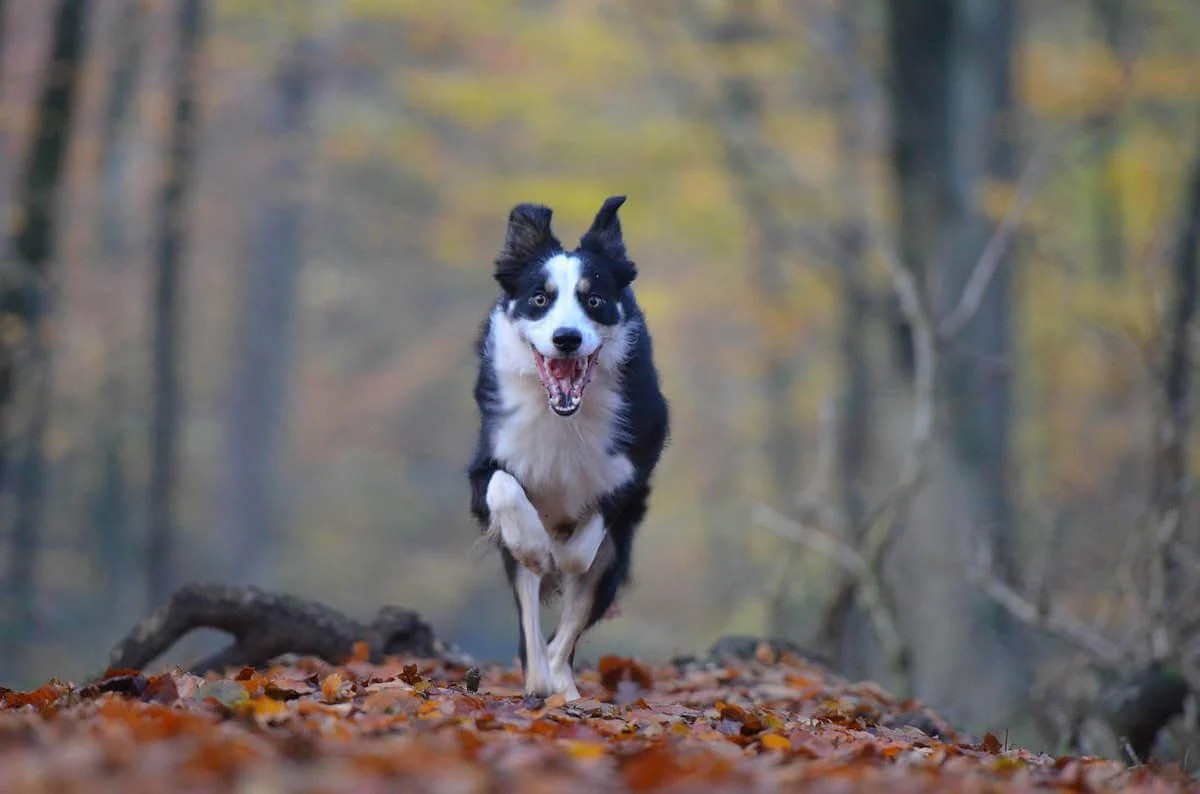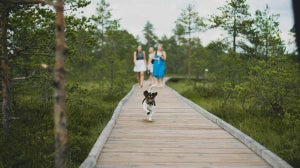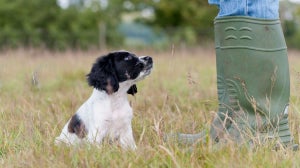
‘Come’, or the recall command, is one of the most important skills you can teach your puppy during the early stages of development. From stopping that embarrassing chase around the park, to solving those genuinely frightening moments where your dog has gone on his own. Teaching the recall command early can be a real life saver.
But where do you start with dog obedience training? Teaching puppies often takes a lot of patience, but with a solid training plan in place, you’ll have your dog running back to you with a beaming smile on their face in no time. We’ll take you through our very own training plan, and also go through some of the things you should and shouldn’t do.
The six stages to recall success
Okay, we’ll split this into six stages, from the initial part of training, to reinforcing the bbehaviour It’s dead simple!
Head out into the garden, or a fenced yard. This way you’ll know that if your puppy wants to go exploring, they can’t escape. Ideally, there should be no distractions, so if the kids have been playing football in the garden, get rid of the ball. Now, your puppy might stick with you (that’s a great bond you’ve got already), or might just refuse to stand still. Let your dog explore the area before you start training so that they will be less distracted.
Now, with a treat in your hand, crouch down, open your hands and shout ‘come’. Remember to speak with an enthusiastic tone in your voice.
Hopefully your pup should start moving in your direction. At this stage keep praising them. This should encourage them towards you. If they start walking away from you though, stop all praise and go silent. They’ll soon learn they get the happy, smiling face as they walk towards you.
Hopefully at this point they’ve made it all the way – congratulations! Offer them the treat and give them plenty of attention – that’s dog obedience training done right. Once they’re all loved up you can tell them to ‘go play’, indicating they are free to go as they please.
After a few minutes, repeat the exercise, doing exactly the same as before.
Last, but most importantly, you need to change how you provide the reward after a few iterations of dog obedience training. Only reward them treats when they head straight towards you – only for the fastest recalls. If they get distracted part way through, wait a few seconds, call again, and reward them for coming back quickly. Soon you’ll be able to phase out the food rewards completely – but remember, a few pats and a big hug will still be appreciated.
Oh no! This isn’t working – my dog won’t come back when I call
Okay, don’t panic! Some dogs get it quicker than others – it is perfectly natural that your dog might not fully understand recall commands straight away. Here’s a few things that you can do to make life easier.
Don’t shout at them. You don’t want to reinforce the idea that the ‘come’ command is something bad. This is called negative reinforcement.
Call your pup to come, and then as you do so start jogging backwards. This might help them work out what’s going on.
Try clapping your hands – this sometimes works.
Check around for other distractions, such as sticks, dog toys, other animals.
Remain consistent with the terms you use in training, otherwise things are going to get rather confusing for the young pup.
And here’s a few things you shouldn’t do under any circumstances:
Don’t punish the dog once they get to you: Of course, we’re not for one minute suggesting you would, but dogs learn by experience. If they’re punished for following the ‘come’ command a few times, they’ll learn not to follow it.
Don’t use the recall command to get your pup into the bath: Some dogs don’t like baths. And so, some sneaky pet owners use it to lure them into the bathroom. Do this a couple of times and they’ll think that ‘come’ means bath time – and there’s no way they’ll listen to you after that.
Don’t move towards the dog when you call the ‘come’ command: All this does is make the dog think you’re playing tag, which turns into a pretty fun game they’re going to love playing.
Don’t expect too much, too soon: Patience truly is a virtue. Some dogs learn quicker than others, and if they see you’re frustrated, they’ll become hesitant to continue. Stay calm, stay reserved, and you’ll be fine.
Don’t set them up to fail: If your dog is distracted during training, or is getting a little bored, don’t keep calling them – they’re not going to play ball. If your dog hasn’t come after the first call then they’re unlikely to come if you keep repeating it. Wait for a minute, look to see if your dog is more attentive, and then call for them; you need to wait until they’re not distracted before you start the training again.
Don’t let your dog choose where you’re going: If your dog is wandering off, don’t follow it everywhere it goes – they will soon learn that they won’t need to come back to you as you are always following them. If you reach a fork in a path and your dog goes one way, take the other route; your dog will learn that you won’t follow them everywhere and will make them more attentive to your location.









